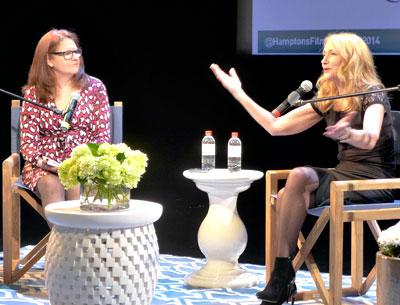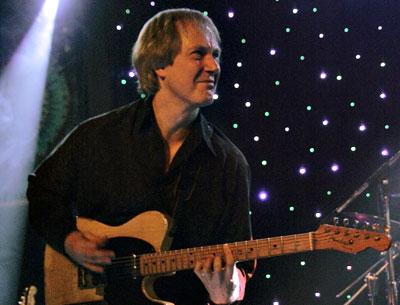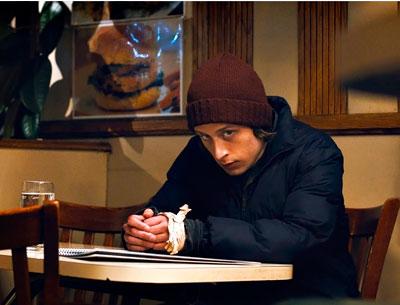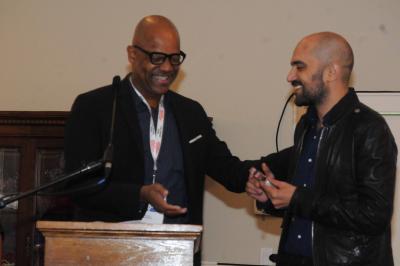Kander and Ebb Hits
Kander and Ebb Hits
The Southampton Cultural Center’s Center Stage Theatre series will open next Thursday at 7:30 p.m. with “The World Goes ’Round,” a program of the greatest hits of John Kander and Fred Ebb, the songwriting team known for their work on Broadway and in motion pictures.
The evening will include music from “Chicago,” “Cabaret,” “Liza With a Z,” and “Kiss of the Spider Woman,” as well as songs from the films “New York, New York” and “Funny Lady.” Performances will take place Thursdays through Sundays at 7:30, through Nov. 9. Tickets are $25, $23 for senior citizens on Fridays, and $12 for students under 21 with identification.






